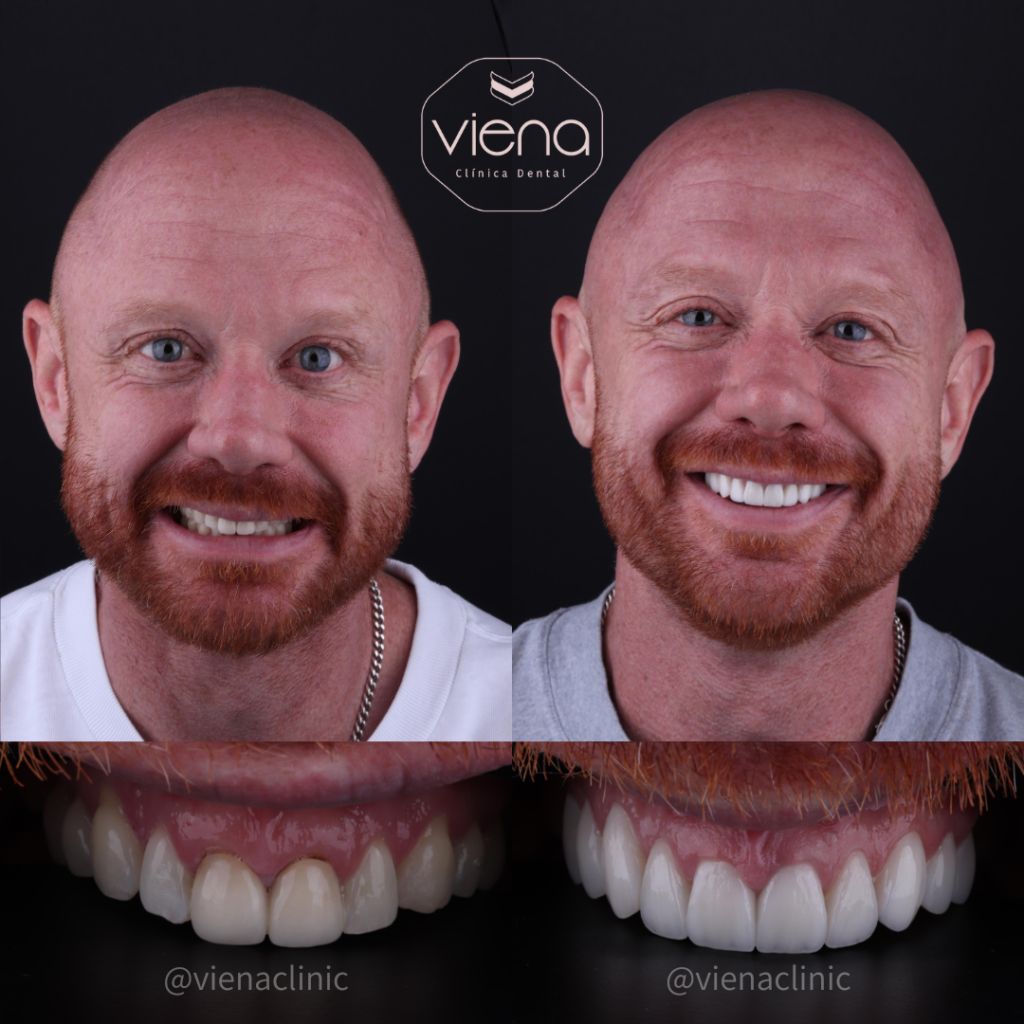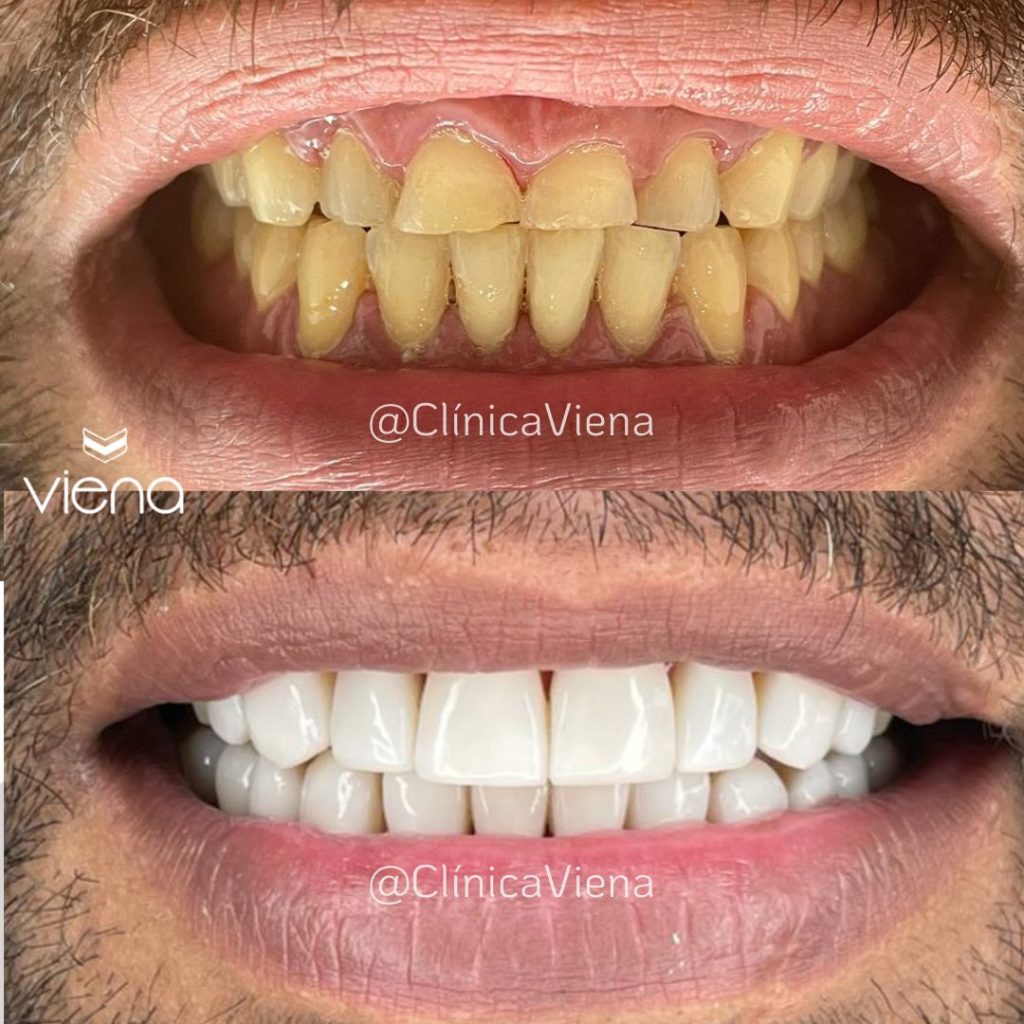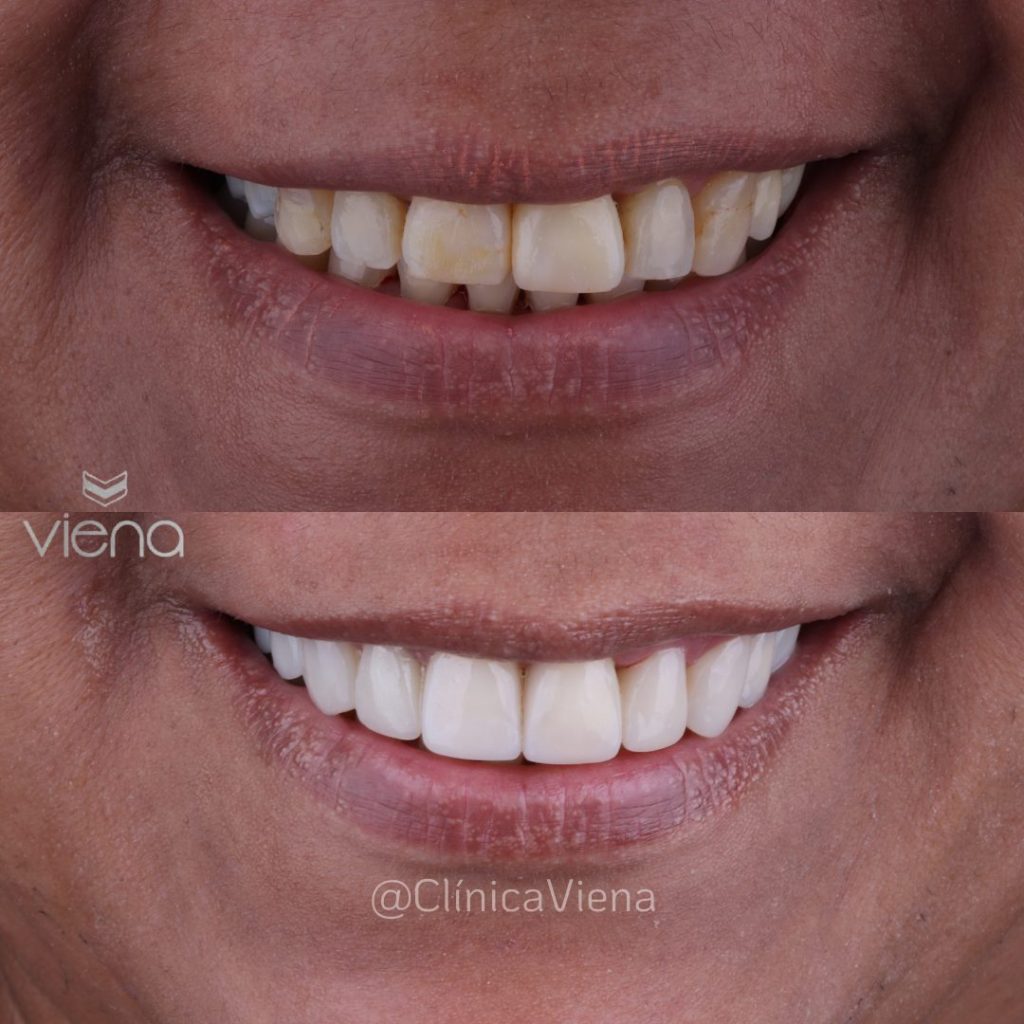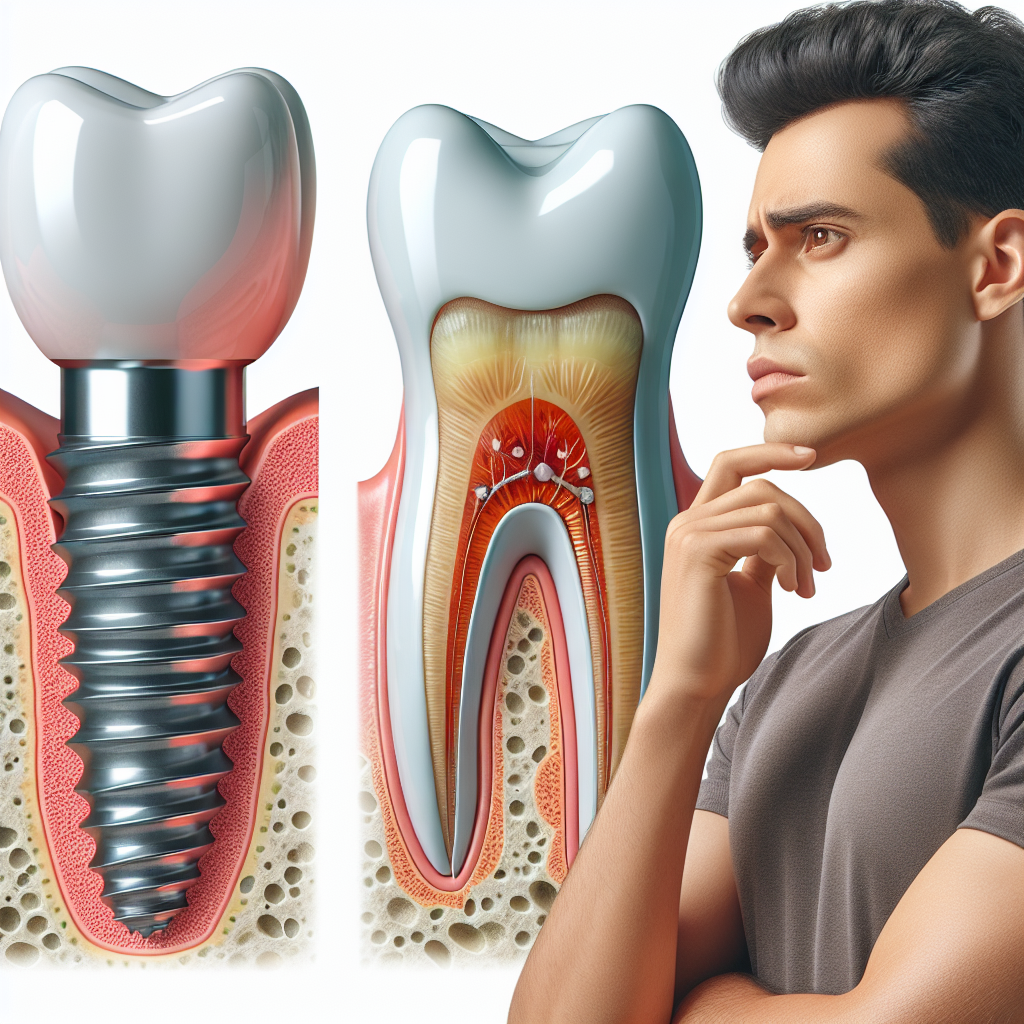Navigating dental procedures can feel like wandering through a maze blindfolded—especially when you’re trying to decide between a root canal and a dental implant. Let’s be honest: most people hear these terms and immediately tense up, imagining painful, expensive treatments that sound more like medieval torture than modern healthcare. But here’s the good news: understanding your options doesn’t have to be complicated or scary.
First things first, root canals and dental implants are not interchangeable procedures. They’re more like distant cousins in the dental treatment family—similar goals, but very different approaches. Think of a root canal as a rescue mission for a tooth that’s in trouble, while a dental implant is more like a witness protection program for your smile—completely replacing what can’t be saved.
Modern dentistry has evolved dramatically. Today, the philosophy isn’t just about fixing problems—it’s about preserving natural teeth whenever possible. This means dentists now prioritize minimally invasive techniques that save as much of your original tooth structure as they can. In fact, many professionals now recommend conservative treatments like inlays, onlays, and tabletops before jumping into more aggressive procedures.
“The best tooth is always your natural tooth,” as dental professionals love to say. And they’re not wrong.
So when does a dental implant become the superhero of your oral health story? Simple: when your tooth has gone beyond the point of no return. We’re talking about scenarios where the tooth’s prognosis is so poor that attempting to save it would be like trying to patch a sinking ship. In these cases, a dental implant isn’t just an option—it’s the smartest path forward.
But here’s where it gets interesting: the cost of these procedures can vary wildly depending on where you get them done. While U.S. patients might need to take out a second mortgage for dental work, countries like Colombia offer world-class treatments at a fraction of the price—without compromising on quality.

Contenido:
ToggleWhat's the Fundamental Difference?
At the core, a root canal and a dental implant are fundamentally different approaches to solving dental problems. Think of them as two distinct rescue strategies for a tooth in distress.
Root Canal: The Tooth Preservation Specialist
A root canal is essentially a surgical rescue mission for a damaged tooth. When decay or infection penetrates deep into the tooth’s inner pulp, a root canal removes the compromised nerve and tissue, then seals and protects the remaining tooth structure. It’s like performing emergency surgery to save a critically injured soldier—keeping the original body intact.
- Goal: Preserve your natural tooth
- Procedure: Cleaning out infected internal tooth structures
- Recovery: Typically faster and less invasive
Dental Implant: The Complete Tooth Replacement
In contrast, a dental implant is more like a complete organ transplant. When a tooth is beyond saving—think severe structural damage, extensive decay, or multiple failed treatments—an implant completely replaces the tooth, including its root. A titanium post is surgically inserted into the jawbone, acting as an artificial root, topped with a custom-designed crown.
- Goal: Replace a non-salvageable tooth entirely
- Procedure: Surgical insertion of artificial tooth root
- Recovery: More extensive, requires multiple stages
Remember: Not all damaged teeth require extraction. Modern dentistry prioritizes preservation whenever possible.
The key difference? A root canal tries to save your original tooth, while a dental implant completely replaces it. Your dentist’s primary mission is always to maintain your natural dental structure—but sometimes, a complete replacement becomes the most intelligent solution.
When Root Canal is the Preferred Option
Choosing a root canal isn’t just a medical decision—it’s a strategic preservation strategy for your natural tooth. And trust me, your original tooth is like a loyal friend you want to keep around as long as possible.
So, when does a root canal become your dental superhero? Here are the prime scenarios where preserving your natural tooth through root canal treatment makes the most sense:
- Limited Tooth Damage: If your tooth’s structure is still fundamentally sound, with damage confined to the inner pulp or nerve, a root canal is typically your best bet.
- No Significant Structural Compromise: When the tooth’s external framework remains strong and intact, saving it becomes not just possible, but preferable.
- Minimal Decay: Small to moderate decay that hasn’t extensively destroyed the tooth’s core structure is perfect for root canal intervention.
The Conservative Approach: Minimally Invasive Dentistry
Modern dentistry has a revolutionary mantra: preserve first, replace last. This means dentists now prefer ultra-conservative treatments that maintain as much of your natural tooth as possible. Before considering more invasive procedures, professionals might recommend:
- Inlays
- Onlays
- Tabletop restorations
These techniques allow for targeted repair without aggressive tooth modification, preserving your natural tooth’s integrity and strength.
“In dentistry, the most sophisticated solution is often the most conservative one.” – Modern Dental Philosophy
Cost Considerations: Root Canal vs Replacement
Let’s talk money—because dental procedures can feel like financial root canals themselves. In the United States, a root canal can range from $700 to $1,800 per tooth. Compare that to dental implants, which can skyrocket to $3,000-$6,000, and suddenly, preserving your natural tooth looks not just medically smart, but wallet-friendly too.
At Clinica Viena in Medellín, we’ve transformed these astronomical U.S. prices into affordable, world-class treatments. Our root canal procedures offer the same high-quality care at a fraction of the cost—because excellent dental health shouldn’t require a financial root canal.
Long-Term Benefits of Root Canal
- Maintains natural tooth structure
- Prevents bone loss in the jaw
- Preserves natural bite and alignment
- Typically less expensive than full replacement
- Faster recovery compared to implant procedures
Remember, every tooth tells a story. And with a root canal, you’re choosing to preserve that story rather than completely rewrite it. Your natural tooth, with proper care, can continue serving you faithfully for years to come.

Ideal Scenarios for Dental Implants
Sometimes, despite our best efforts and the most advanced dental techniques, a tooth reaches a point of no return. This is where dental implants transform from a mere option to a dental superhero, swooping in to save your smile and oral health.
When Dental Implants Become the Only Solution
Think of a dental implant as the ultimate dental rescue mission—a procedure that steps in when preservation is no longer possible. Here are the definitive scenarios where an implant isn’t just recommended, but becomes the most intelligent choice:
- Catastrophic Tooth Damage: When a tooth has been so severely compromised that no amount of root canal or conservative treatment can save it
- Complete Structural Failure: Extensive decay that has destroyed the majority of the tooth’s core structure
- Multiple Failed Treatments: When previous attempts to save the tooth have been unsuccessful
- Advanced Periodontal Disease: Situations where the tooth’s supporting bone structure has been critically damaged
“Sometimes, the most advanced form of healing is knowing when to start over completely.” – Modern Dental Philosophy
The Implant Advantage: More Than Just a Replacement
Dental implants aren’t just about filling a gap—they’re about restoring full functionality and preventing long-term oral health complications. Unlike other tooth replacement options, implants:
- Prevent bone loss in the jaw
- Maintain facial structure
- Provide a permanent, stable solution
- Function exactly like a natural tooth
Cost Considerations: An Investment in Your Smile
In the United States, dental implants can cost between $3,000 to $6,000 per tooth—a price tag that makes most patients wince. At Clinica Viena in Medellín, we offer the same high-quality implant procedures at a fraction of the cost, without compromising on quality or expertise.
When Time and Resources Are Limited
Sometimes, the decision comes down to practical considerations. If you don’t have the time, resources, or desire to undergo multiple treatments to save a failing tooth, a dental implant becomes the most efficient and effective solution.
- Quick Resolution: Faster overall treatment compared to multiple preservation attempts
- Predictable Outcomes: Higher success rates compared to repeatedly treating a compromised tooth
- Long-Term Cost-Effectiveness: Potentially lower total cost compared to repeated treatments
Remember: A dental implant isn’t an expense—it’s an investment in your long-term oral health and confidence.
The beauty of modern dental implants lies in their ability to seamlessly integrate with your existing oral structure. They’re not just a replacement; they’re a comprehensive solution that restores both function and aesthetics.
Cost Comparison: United States vs. Colombia
et’s talk dollars and cents—or more accurately, the dramatic difference in dental care costs between the United States and Colombia. If your wallet could talk, it would be begging you to read this section.
Root Canal Cost Breakdown
| Location | Average Cost | Savings |
|---|---|---|
| United States | $700 – $1,800 per tooth | N/A |
| Colombia (Clinica Viena) | $200 – $500 per tooth | Up to 70% savings |
Dental Implant Cost Comparison
| Location | Average Cost | Savings |
|---|---|---|
| United States | $3,000 – $6,000 per implant | N/A |
| Colombia (Clinica Viena) | $900 – $1,500 per implant | Up to 75% savings |
The numbers speak for themselves. While U.S. dental prices can feel like they’re competing with luxury car payments, Colombian dental care offers world-class treatment at prices that will make your bank account breathe a sigh of relief.
Why Such a Significant Price Difference?
- Lower Operational Costs: Reduced overhead expenses in Colombia
- Favorable Exchange Rates: Your U.S. dollars stretch much further
- Highly Trained Professionals: Same quality, dramatically lower prices
- No Compromise on Quality: State-of-the-art facilities and equipment
“Affordable excellence isn’t a contradiction—it’s our promise.” – Clinica Viena Philosophy
But here’s the real kicker: these aren’t budget treatments. At Clinica Viena, you’re getting top-tier dental care that matches or exceeds U.S. standards, just without the U.S. price tag. We’re talking about internationally trained dentists, cutting-edge technology, and personalized care—all at a price that feels almost too good to be true.
Additional Cost Considerations
When calculating total expenses, remember to factor in:
- Travel costs to Colombia
- Accommodation
- Potential recovery time
Even with these additional expenses, most patients still save 50-60% compared to getting the same treatments in the United States. It’s like a dental vacation that pays you back—literally.
Pro Tip: The money you save could fund an actual vacation in beautiful Medellín. Dental work and tourism? Now that’s a win-win scenario!
Procedure Complexity and Recovery
Let’s dive into the nitty-gritty of dental procedures—where complexity meets recovery, and where patient comfort is the ultimate goal. Understanding the intricacies of root canals and dental implants can help demystify these treatments and ease those pre-dental procedure jitters.
Root Canal: A Less Invasive Journey
A root canal is like a precision surgical mission for your tooth. The procedure typically involves:
- Local anesthesia to ensure complete comfort
- Removal of infected or damaged pulp
- Thorough cleaning and disinfection of the tooth’s interior
- Sealing and rebuilding the tooth structure
Recovery for a root canal is generally straightforward. Most patients experience:
- Mild discomfort for 2-3 days
- Ability to return to normal activities immediately
- Minimal downtime
- Possible slight sensitivity that subsides quickly
Dental Implant: A More Complex Reconstruction
Dental implant procedures are significantly more involved. The process typically spans several months and includes multiple stages:
- Initial Consultation: Comprehensive dental assessment
- Surgical Placement: Titanium post inserted into jawbone
- Healing Period: 3-6 months for osseointegration (bone fusion)
- Abutment Placement: Connector piece attached to implant
- Crown Placement: Final artificial tooth installed
“Patience is key in dental implant procedures. Good things come to those who wait—and heal properly.” – Dental Restoration Wisdom
Recovery Comparison
| Procedure | Initial Recovery | Full Healing Time | Pain Level |
|---|---|---|---|
| Root Canal | 1-3 days | 1-2 weeks | Mild |
| Dental Implant | 1-2 weeks | 3-6 months | Moderate to Significant |
Pain Management and Expectations
Modern dental techniques have dramatically reduced procedure discomfort. At Clinica Viena, we use advanced pain management strategies to ensure patient comfort:
- Precision local anesthesia
- Minimal-invasion techniques
- Personalized post-procedure care plans
- Advanced pain management medications
Potential Complications to Consider
Every medical procedure has potential risks. Being informed helps manage expectations:
- Root Canal Risks:
- Minimal infection potential
- Rare chance of incomplete treatment
- Possible tooth weakness post-procedure
- Dental Implant Risks:
- Potential implant rejection
- Longer healing time
- Higher initial discomfort
- Possible bone integration challenges
Pro Tip: Choose a dental professional who prioritizes patient education and comfort. Knowledge reduces anxiety!
Remember, every patient’s experience is unique. What works perfectly for one might differ slightly for another. The key is working with experienced professionals who can guide you through each step of your dental restoration journey.
Long-Term Considerations
When it comes to long-term dental health, your choice between a root canal and a dental implant isn’t just about immediate treatment—it’s about investing in your future smile, functionality, and overall oral wellness.
Longevity and Durability
Let’s break down the long-term performance of these two procedures:
| Procedure | Average Lifespan | Maintenance Requirements |
|---|---|---|
| Root Canal | 10-15 years | Regular dental hygiene, potential crown replacement |
| Dental Implant | 20-30 years (potentially lifetime) | Standard oral hygiene, occasional crown adjustment |
Bone Health Considerations
One critical long-term factor many patients overlook is bone preservation. Here’s why this matters:
- Root Canal: Preserves natural tooth root, maintaining some bone stimulation
- Dental Implant: Titanium post actively prevents bone loss, stimulating jaw bone like a natural tooth root
“Your jawbone is like a muscle—use it or lose it.” – Dental Preservation Wisdom
Functional Implications
Beyond aesthetics, your choice impacts long-term oral functionality:
- Bite alignment stability
- Chewing efficiency
- Speech clarity
- Adjacent tooth support
Cost of Future Interventions
Consider the potential additional treatments over time:
- Root canals might require repeated treatments or eventual extraction
- Dental implants typically have more predictable long-term outcomes
- Initial higher investment can mean lower cumulative costs
Quality of Life Factors
Your dental solution should do more than just fill a space—it should enhance your overall quality of life. At Clinica Viena, we understand that every dental procedure is a personal journey towards confidence and comfort.
Pro Tip: Think of dental procedures as long-term investments in yourself—not just expenses.
Ultimately, the best long-term solution depends on your unique oral health landscape. A comprehensive evaluation by skilled professionals can help you make the most informed decision for your specific needs.

- Before: Chipped and stained teeth
- After: Smooth, white, and aligned smile

- Before: Gaps and uneven teeth
- After: Perfectly spaced and uniform teeth

- Before: Worn and discolored teeth
- After: Natural-looking, bright smile
Bibliography
- Morris, M. F., Kirkpatrick, T. C., Rutledge, R. E., & Schindler, W. G. (2009). Comparison of nonsurgical root canal treatment and single-tooth implants. Journal of Endodontics, 35(10), 1325-1330. https://doi.org/10.1016/j.joen.2009.07.003
- Torabinejad, M., & White, S. N. (2016). Endodontic treatment options after unsuccessful initial root canal treatment: Alternatives to single-tooth implants. The Journal of the American Dental Association, 147(3), 214-220. https://doi.org/10.1016/j.adaj.2015.11.017
- Rossi-Fedele, G., Musu, D., Cotti, E., & Doğramacı, E. J. (2016). Root canal treatment versus single-tooth implant: a systematic review of internet content. Journal of endodontics, 42(6), 846-853. https://doi.org/10.1016/j.joen.2016.02.011
You might also be interested in:
All on 4 Dental Implants Problems: Causes and Solutions
In the pursuit of a perfect smile, veneers have become...
Leer másDental Implant Temporary Tooth Guide: Types, Timing, and Comfort
In the pursuit of a perfect smile, veneers have become...
Leer másDental Implant vs. Root Canal: Which Procedure is Right for You?
In the pursuit of a perfect smile, veneers have become...
Leer másSecure Your Smile with Clínica Odontológica Viena
If you’re facing the unexpected challenge of a fallen dental implant, let the experts at Clínica Odontológica Viena restore your confidence. Our specialized team in Medellín is ready to provide you with personalized solutions, from emergency dental care to long-term preventive strategies.
Embrace the assurance of a flawless smile with our extensive services, including the latest in smile design and dental restoration. Book an Appointment today and take the first step towards a resilient, radiant smile.




